Rise Of The Tomb Raider and Shadow Of The Tomb Raider
Now we’re getting into the territory of a game more optimized for the higher performance GPUs. Rise of the Tomb Raider is an awesome game and part of a long lasting franchise. It is a little older as Shadow of the Tomb Raider just launched but it still deserves to be included.
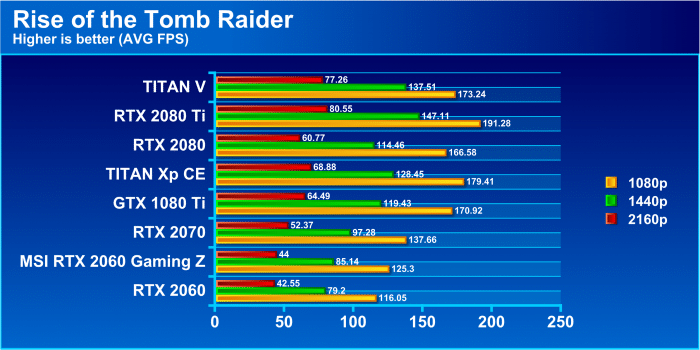

Rise of the Tomb Raider and Shadow of the tomb raider show similar results with the MSI RTX 2060 Gaming Z. The older Rise of the tomb raider seeing 8% gains at lower resolutions and dropping to 2.2% at 4K where the GPU simply is getting pounded on at that resolution. The same holds true for Shadow of the Tomb Raider where it shows a familiar dip to 2% at 1080p and up to 5%at 1440p with it dropping to 3.3% at 4K.

Assassins Creed Origins is the newest entry into the long lineage of Assassins Creed games. It takes place in ancient Egypt and has some amazing visuals and is very taxing on your graphics subsystem.

Here for Assassins Creed we see that the MSI RTX 2060 Gaming Z pulls a 3% lead at 1440p, and once again tapers off reaching for 4K. The 1080p performance seems to taper off a bit with the Gaming Z losing almost 5% to the FE card.

Far Cry has been a great series of games and the newest takes on a cult-like group in the rural USA. This entry into the Far Cry franchise has some great visuals and can definitely put your GPU to work being a much newer game.
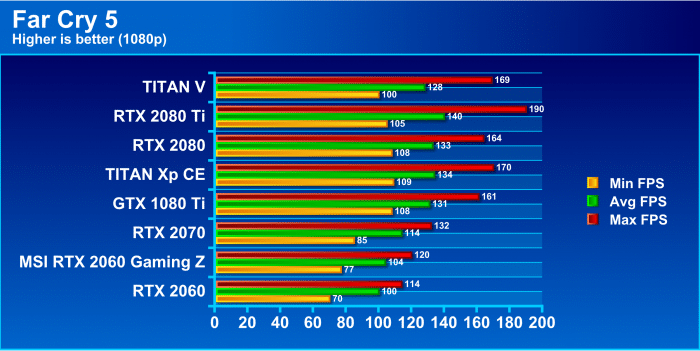
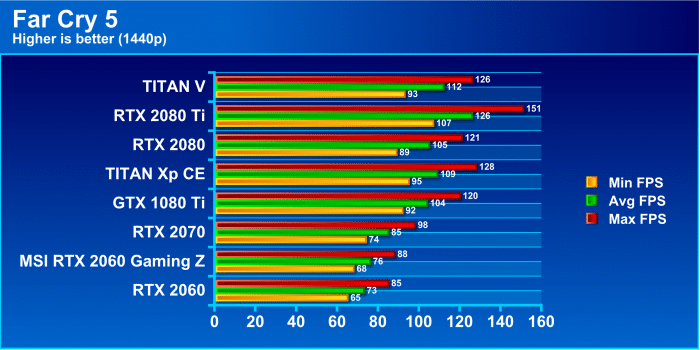
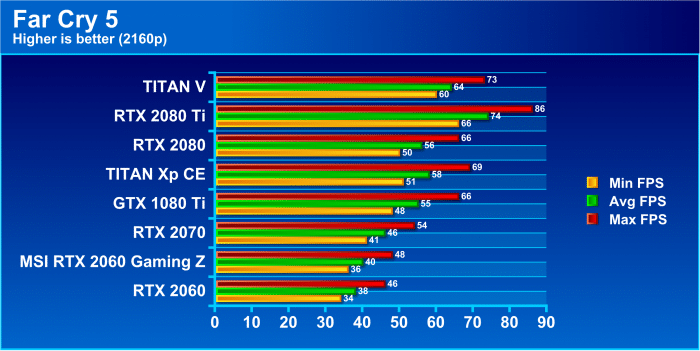
In Far Cry 5 the Gaming Z wakes up and shows us the performance we want to see. 1080p we see a solid 4% gain while 1440p shows us 4% as well and at 4K it actually gains a bit upping the ante to 5%+. This is likely due to optimizations in the engine which allows the 4K gains to be a bit higher this time around vs the taper off we have observed.

Ghost Recon Wildlands is an awesome squad-based shooter which has tons of varying terrain, vehicle play and plenty of eye candy via explosions and particle effects to make your GPU cry.
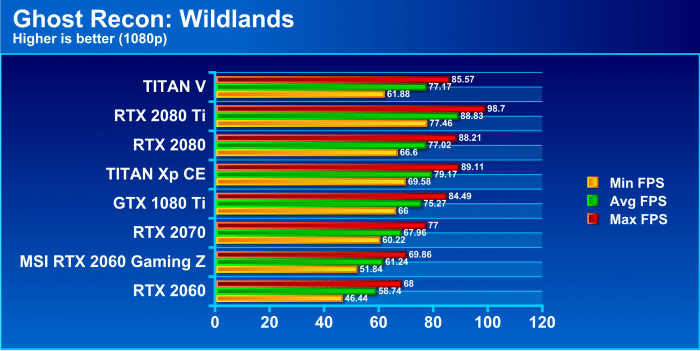
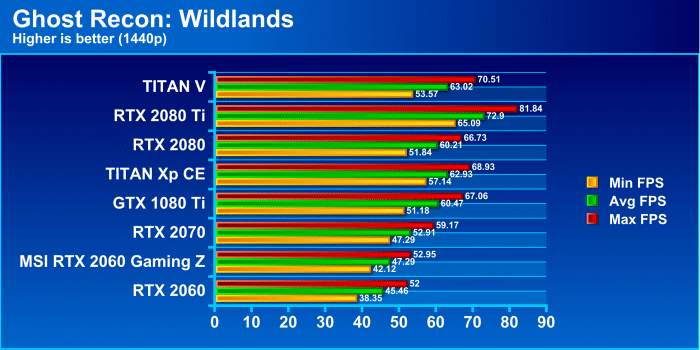
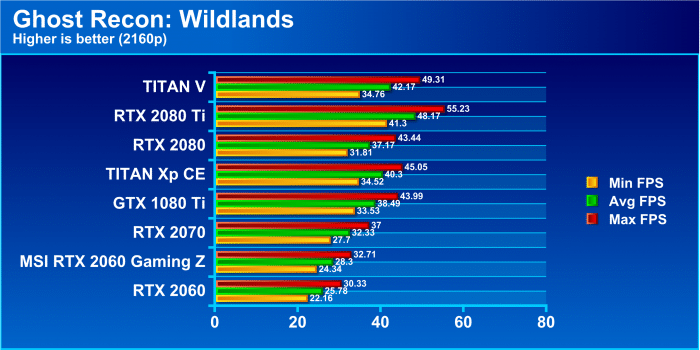
Ghost Recon: Wildlands is the last of our gaming tests, and the MSI RTX 2060 Gaming Z continues to deliver with 1080p netting a gain of 4%, while 1440p holds the line at 4% but slightly lower. then we step into 4K territory and while the framerate I would not consider especially playable at max settings I am pleased to see the Gaming Z pull a solid 9.78% lead over the FE model.
I am really wondering if the lower temps form the MSI cooling solution is simply allowing the Gaming Z to hold its clocks longer than the FE design which would help explain the gains at 4K.
Now let’s see what happens as we try to turn up the wick on the MSI RTX 2060 Gaming Z and overclock it to its edge.
 Bjorn3D.com Bjorn3d.com – Satisfying Your Daily Tech Cravings Since 1996
Bjorn3D.com Bjorn3d.com – Satisfying Your Daily Tech Cravings Since 1996









